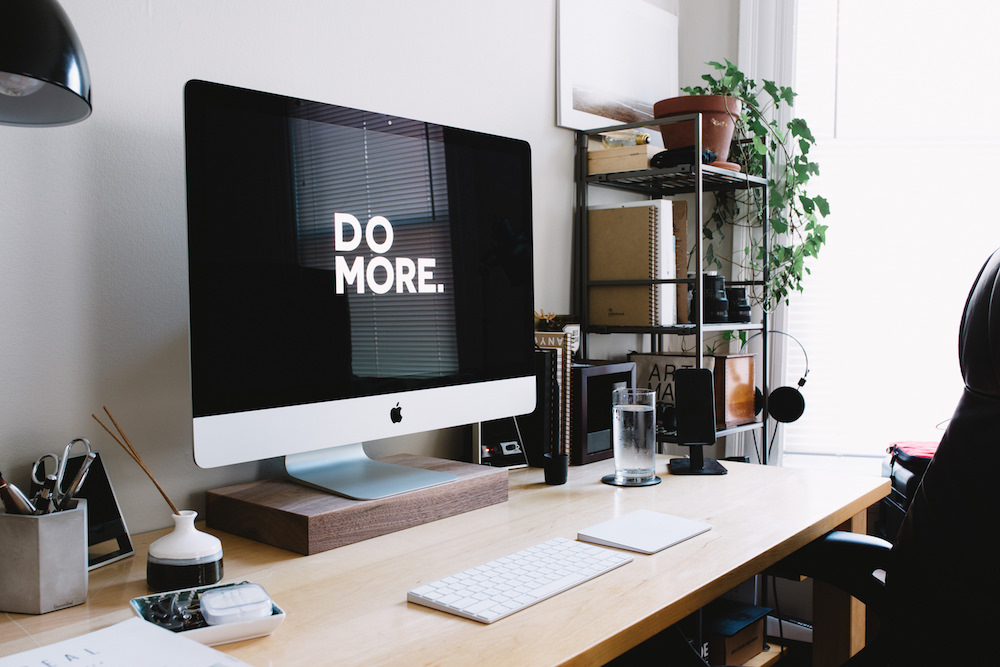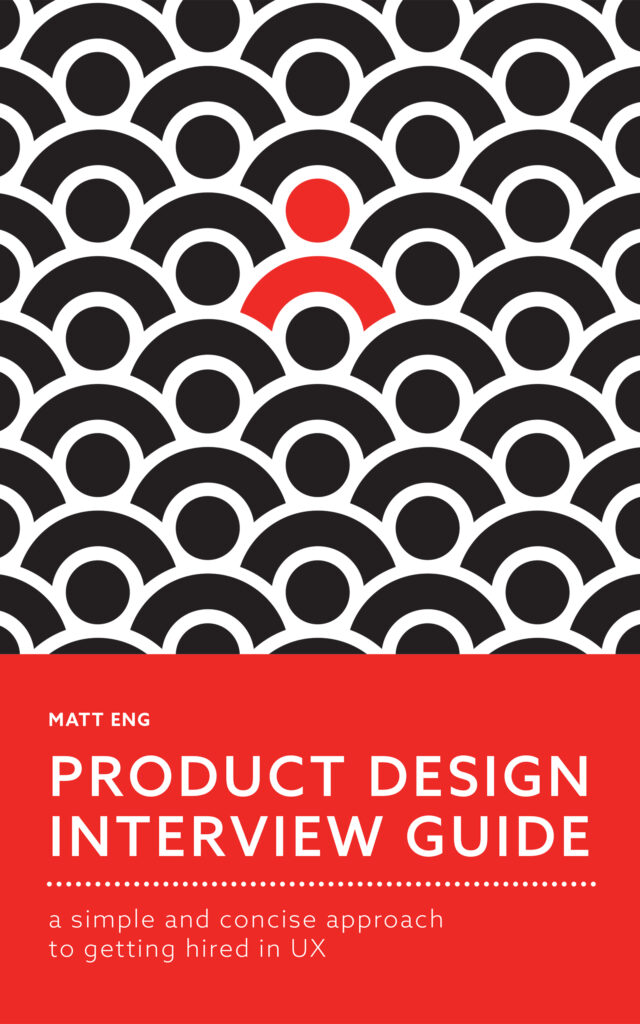The pressure to be a good UX designer is high. We are competing for choice positions at the hottest companies. In our teams, we jockey for leadership roles on the highest profile projects. We often ask ourselves, “am I good enough?” How do we become good UX designers? I assume that part of the formula relies on more than talent or educational pedigree. I believe that good UX designers approach everyday with intention and refined habits. From my experience working with some of the most driven and disciplined designers in the industry, here are seven of the most common habits.
1. Good UX designers read a lot of sh*t
I read a lot. Do not chunk out time to sit down in a quiet place. Listen to audiobooks in the car. Read quick blog posts on Medium and Pocket. You can also get the following newsletters delivered right to your inbox.
UX Design Weekly (from Kenny Chen)
Kenny rounds up the most recent trending articles around design, process, and leading a team. This has been a great source for my daily quick reads.
UX Beginner (from Oz)
UX Beginner has resources, courses, and coaching opportunities for people looking to switch careers. The content is a good start to set expectations for what working as a UX designer is like.
Tap + Swipe + Click Newsletter (from Matt)
I have been capturing my path to UX design on this Tap + Swipe + Click. For those who want a little extra, I offer this newsletter to get a peek into my research, experiments, and upcoming events.
2. Practice and practice some more
Do not wait to get hired to design. Even if you are working full time, I doubt your day-to-day work prepares you for all of the necessary industry skills. Make up projects. Redesign commonly used apps. You have probably heard the complaints. So, try to fix them. Here are a few examples of kick-ass made up projects.
Read more about preparing yourself for entering or reentering the UX design market. (https://tapswipeclick.com/index.php/2017/04/11/4-myths-job-interviews-designers-ignore/)
3. Explore new tech and techniques
Be curious. Be open to new tools and methods. When I started, we joked about dated tools such as QuarkXPress. Back in its day, it was the tool for desktop publishing. Today, we are complaining about Adobe Photoshop and Illustrator, and we are all moving to Sketch. There will come a day when all of these will be obsolete.
Do not limit yourself by marrying yourself to your current tool set. Try new apps. Learn about different processes. I am a big fan of Product Hunt to get a view into the latest and (maybe) the greatest.
4. Practice communicating ideas
Now, that you have made stuff. Go show people. Communicate the problem and how you worked to solve it. Listen for feedback that will help you better articulate your thoughts.
Learn more about how to get more actionable feedback.
5. Write about it
After you practiced verbally communicating your ideas, work on refining your thoughts. Writing has helped me better understand the process of validating my ideas and constructing my points. Use this opportunity to boil down a message to leanest and most valuable concepts.
I am currently listening to this ” Everybody Writes: Your Go-To Guide to Creating Ridiculously Good Content ” on how to be more purposeful with my communication
6. Investing time to connect with the right people
You are the sum of your network. Find designers who will force you to think at a higher level. Volunteer your time with groups to show that you are willing to put in the work. I got started as the “Web Guy” for AIGA Austin. In reality, I was the only who wanted to deal migrating the site from a dated Drupal instance to WordPress. That work later got me into a startup via another AIGA board member.
Check out these organizations. Find their local chapters and see where you can volunteer.
AIGA
IxDA
UXPA
7. Help out the newbies
At some point, you have to give back to the community. New designers will need help just like you did. I stayed on the AIGA board to work with the programming volunteers to help introduce the UX community to up and coming designers. As I did with practicing pitching my work and writing out my ideas, working with new designers has helped me refine my communication skills. It pushes me to think of the most actionable message I can communicate.
Closing thoughts
Get out of your bubble. Look for opportunities to learn and later teach. There are people with talents and experience that far exceed your own. Their connections will help guide you learn the lessons that will help broaden your perspective and skill set. In turn, find ways to contribute your lessons back to the community.

